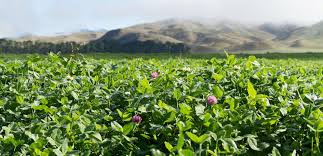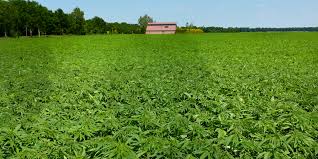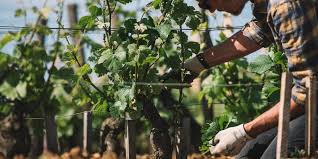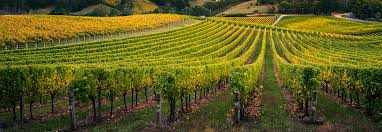Hazard analysis and critical control point. Food production, storage, and distribution monitoring system for identification and control of associated health hazards. It is aimed at prevention of contamination, instead of end-product evaluation. In place of relying on food inspectors to detect food safety problems, HACCP shifts the responsibility to the food producer to ensure that the product is safely consumable. Proposed by the Codex Alimentarius Commission for the food industry in general, and meat, poultry, and seafood industry in particular, it has been adopted by some 150 countries. See also HACCP process, and seven principles of HACCP.
1. The identification, evaluation, and estimation of the levels of risks involved in a situation, their comparison against benchmarks or standards, and determination of an acceptable level of risk.
2. Food industry: According to FAO/WHO it consists of hazard identification, hazard characterization, exposure assessment, and risk characterization.
That is at the greatest risk of microbial contamination because it is processed or stored within the temperature range of 5°C to 65°C in an unsterilized environment.






